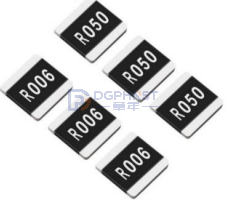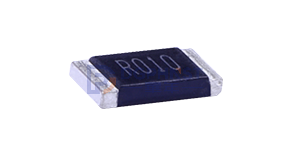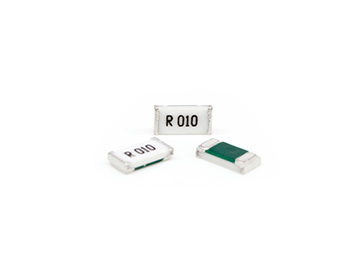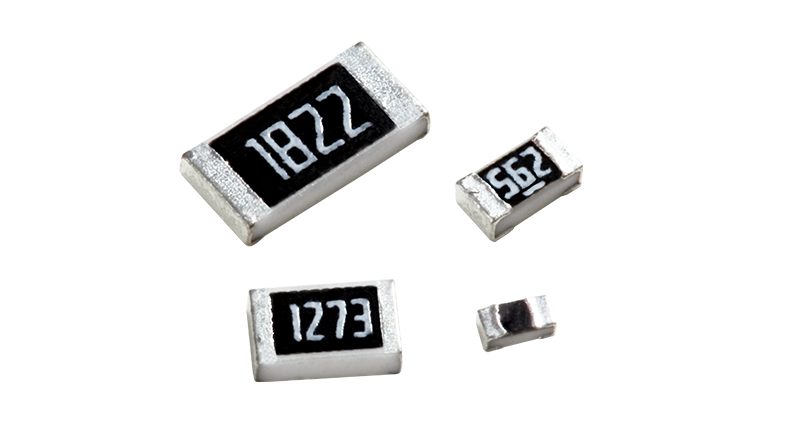hnstshop.com/product-list/R09-p1-l10.html" target="_blank" rel="noopener">Alloy resistors are common electronic components used to control current and resistance values. They play an important role in circuit design and application. This article will introduce the basic principles, structure, characteristics, and application areas of alloy resistors to help readers better understand and use them.

LIZ-RM
Metal Current Sensing Chip Resistor
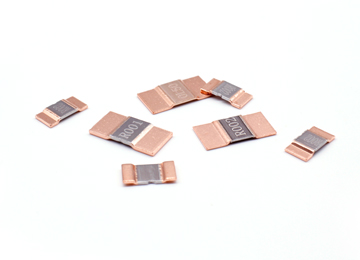
ELLON-ESR
Low-Resistance Shunt Resistor
I. Basic Principles of Alloy Resistors
Alloy resistors are resistor devices that change resistance values by introducing alloy elements into metal materials. The addition of these alloy elements can alter the resistivity of the metal material, thereby achieving precise control of the resistance value. The resistance value of an alloy resistor is typically determined by factors such as the type and content of the alloy elements, as well as the geometric shape of the metal material.
II. Structure of Alloy Resistors
Alloy resistors typically consist of a resistor chip, leads, and encapsulation materials. The resistor chip is made of alloy material and has a specific resistance value and precision. The leads are used to connect the resistor chip to the circuit board or other components. The encapsulation materials protect the resistor chip and leads, while providing mechanical support and insulation properties.
III. Characteristics of Alloy Resistors
1. Stability: Alloy resistors exhibit high stability, maintaining relatively stable resistance values over a wide range of temperatures and environmental conditions.
2. Precision: Alloy resistors can achieve high resistance value accuracy, often expressed in percentages or zero-point percentages. This makes them widely used in applications that require precise resistance values, such as precision measurement instruments and automated control systems.
3. Temperature Coefficient: The change in resistance value of an alloy resistor with temperature can be described by its temperature coefficient. The temperature coefficient represents the degree of resistance value change per unit temperature and is commonly expressed in ppm/°C (parts per million per degree Celsius).
4. Power Dissipation Capability: Alloy resistors can withstand a certain power dissipation, possessing high power rating capabilities suitable for high-power applications.
IV. Application Areas of Alloy Resistors
Alloy resistors find widespread application in various fields, including but not limited to:
1. Electronics: Alloy resistors are commonly used for circuit protection, current limiting, voltage division, and current sensing in electronic devices.
2. Communication Systems: In communication systems, alloy resistors are employed for circuit matching, attenuation, signal control, and other applications to ensure signal quality and stability.
3. Power Management: Alloy resistors are used in power management for current sensing, overcurrent protection, battery charging/discharging management, and more.
4. Industrial Control: In industrial control systems, alloy resistors can be used for measurement, sensing, and feedback control applications to ensure system stability and reliability.
5. Automotive Electronics: Alloy resistors have wide applications in automotive electronics for circuit protection, engine control, onboard communication, and more.
In summary, alloy resistors are commonly used electronic components that play a vital role in various fields. They possess stability, precision, temperature stability, and power rating capabilities, making them suitable for diverse circuit design and application requirements. Understanding the basic principles, structure, characteristics, and application areas of alloy resistors helps engineers and designers choose appropriate resistor devices and effectively apply them in electronic systems, enhancing system performance and reliability.

